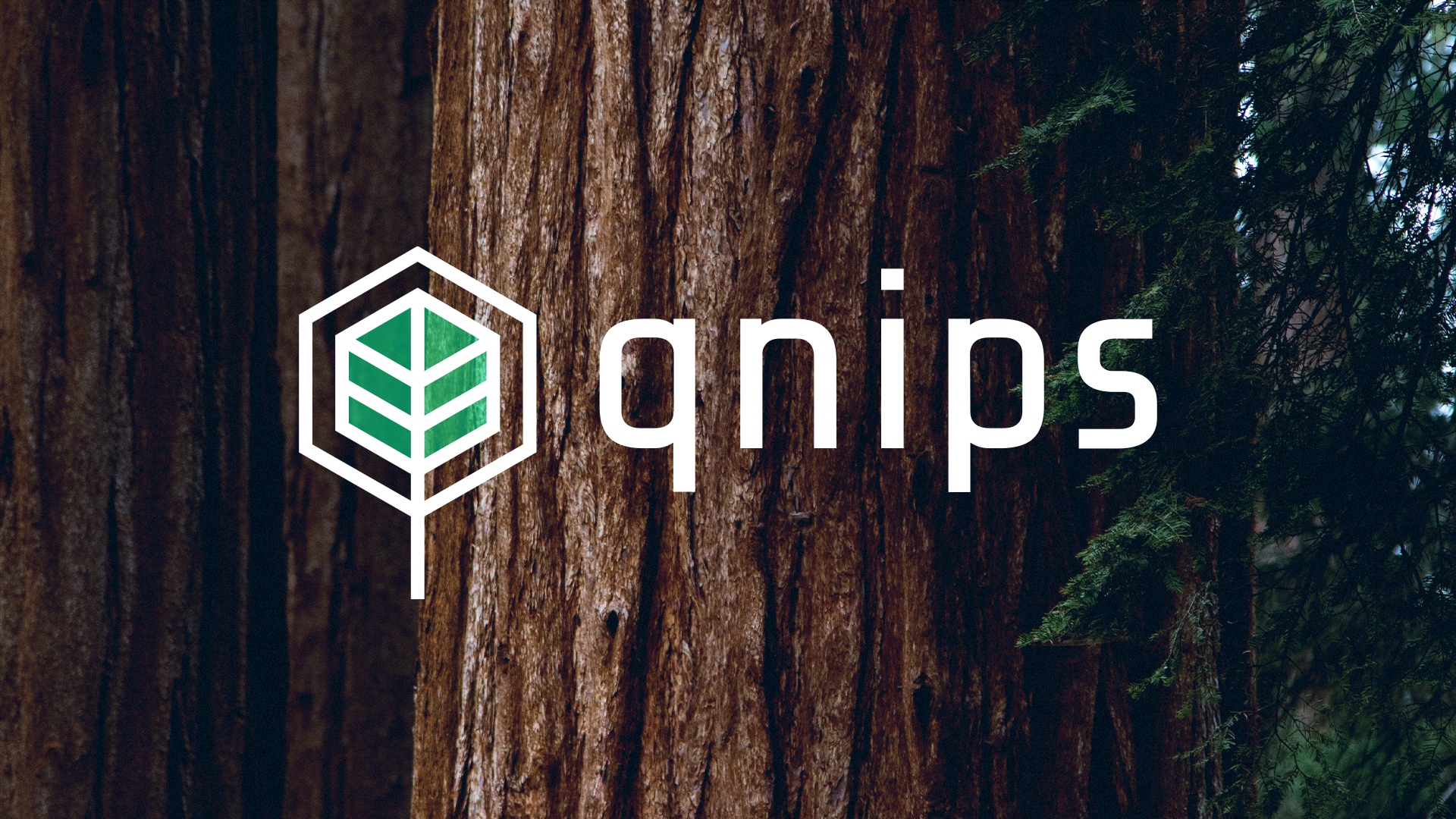How does a software development company become carbon neutral? What measures are used for the compensation or reduction of CO2 in the digital sector?
In the middle of this year, we started to focus more intensively on the topic of CO2-neutrality. Before that, we had already implemented smaller projects with our clients regarding sustainability and climate protection (such as the carbon cloud from eaternity). How we as a company could concretely contribute to these topics was still an open question until then. Together with our partner Cozero, we started to measure our carbon emissions of the past years and to identify their causes. We have already talked about the results of our scoping in #qnipsgoesgreen – our journey to CO2 neutrality | PART 1. But where do we go from here?
CO2 compensation or reduction – that is now the question!
We were able to identify the main source of our carbon emissions in Scope 3. More specifically in the use and purchase of digital products and services (such as administrative programs). As a result, there are several possibilities to get one step closer to our goal of CO2-neutrality. Firstly, we can try to reduce the emissions we emit. Reducing means replacing processes and products with climate-friendly alternatives to save emissions. On the other hand, we can try to compensate or offset our emissions. Offsetting means compensating processes and products that cannot be replaced with other measures.

Since it is difficult for us to stop using digital tools and services in our daily business as a software development company, the aspect of offsetting comes into focus for us. Our partner Cozero has therefore recommended various providers for offset projects to us:
“The Kyoto Protocol has established climate protection projects that are the basis for most of the carbon offsets available today. Projects – which are supposed to contribute to carbon savings – are evaluated, quantified and the impact is financed via certificates in offsets on the market. As the purchaser of such a certificate/offset, you receive a share of the carbon savings that you can use to offset your own footprint“, says Fabian from Cozero. But before you start offsetting, you should research exactly which standards the projects use to reduce emissions.
How do you find offset projects with the right certification?
When we do something, we do it right. It is very important to us not to support just any project that advertises that it can offset carbon emissions. Unfortunately, greenwashing is becoming more and more of a trend. We want to clearly distance ourselves from it and stand up for a truly sustainable impact. That’s why we have taken a close look at the certification of such projects beforehand.
Climate protection projects that finance themselves by reducing carbon emissions and selling this added value to companies are subject to internationally recognised standards. There are strict regulations for the issuing and registration of such CO2-certificates. The verification is carried out by a third-party provider. There is the Gold Standard, the Verra’s Verified Carbon Standard (VCS), the Social Carbon and Climate, Community and Biodiversity Standards (CCBS) or standards verified by the UNFCCC (United Nations Framework Convention on Climate Change). The Gold Standard, for example, is a standard that sets requirements for designing projects that have the most positive impact on climate and development and for measuring and reporting the results of these projects as credibly and efficiently as possible.

Our tips & learnings for the selection of offset projects
Besides certification, we also had to think about what kind of projects we would like to support. In addition to conventional climate protection projects (such as the reforestation of forest areas) that serve to reduce/avoid CO2 emissions, there is also the option of so-called carbon removal projects. These serve to compensate for emissions and have set themselves the task of removing emissions that have already been emitted from the atmosphere.
When selecting suitable projects to offset one’s own emissions, it is not only relevant to know how they are certified, but also to choose the one’s that suits the company’s purpose. At qnips, our software solutions are primarily used in the contract catering sector and it was therefore important to us, that the projects we support have a positive impact on the catering industry in some way. This selection process involved a lot of time and intensive research. But we can say it was worth it!
Read more about which projects we chose and why in Part 3 of our journey to carbon neutrality!
We can also support you with the digitization of your contract catering or you have questions about the features from qnips? Then get in contact with us today. We take questions and appointments via info@qnips.io or via +49 511 165 899 0.
Follow us! LinkedIn. Xing. Instagram. Facebook.

